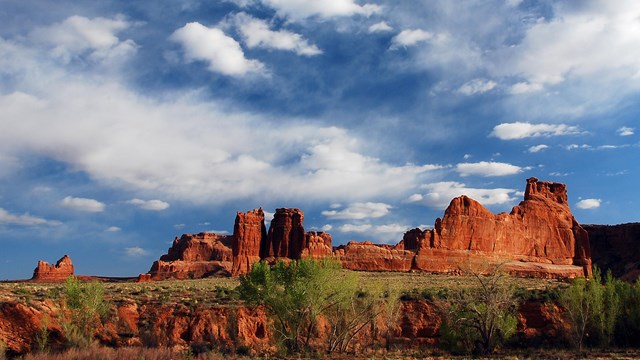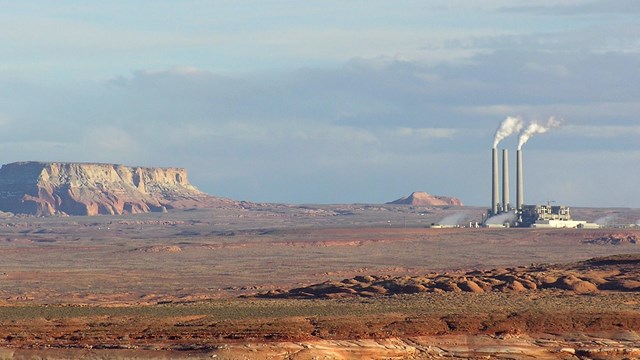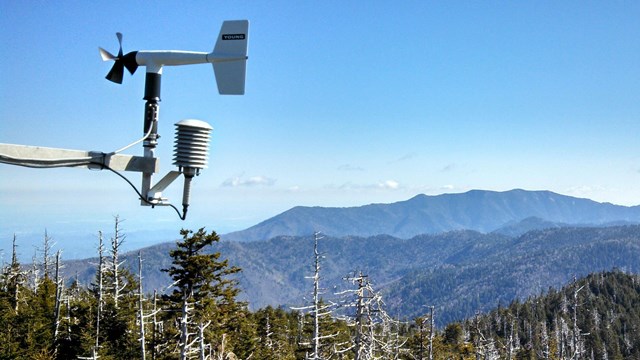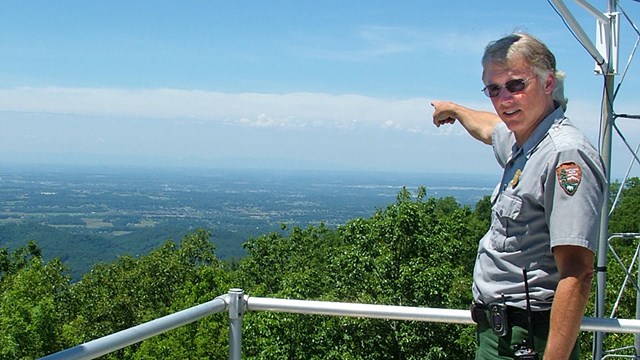
Air pollution is made of human-caused gases and particles in the air.

Air pollution in NPS areas comes from local and far-away sources.

Monitoring data allow us to better understand air quality in individual parks while also gaining valuable nationwide conditions and trends.

Human health, nature, and the clarity of scenic views can all be affected by air pollution in NPS areas.

Federal laws give the NPS specific responsibilities and tools for protecting resources that are sensitive to poor air quality.
Last updated: June 17, 2020
